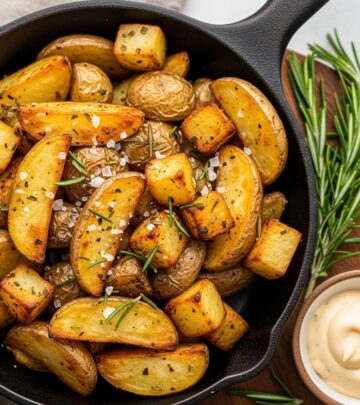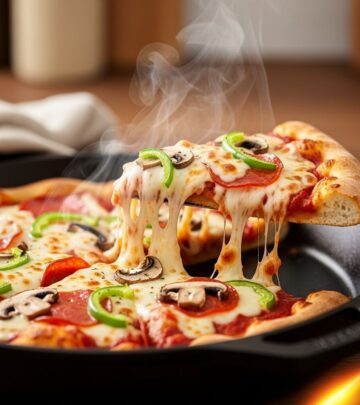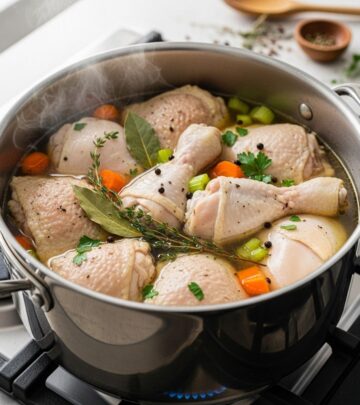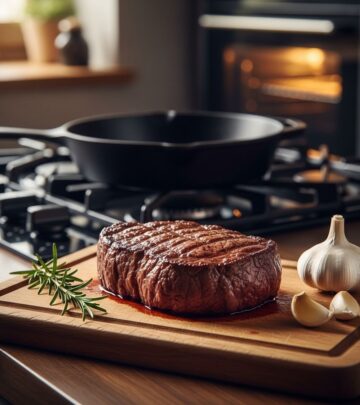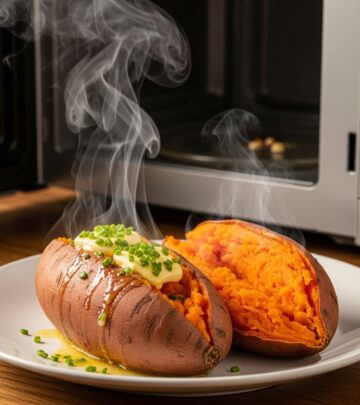Classic Red Sangria: The Ultimate Guide to Refreshing Spanish Punch
A chilled fusion of fruity aromas and wine-soaked sweetness ideal for summer gatherings.
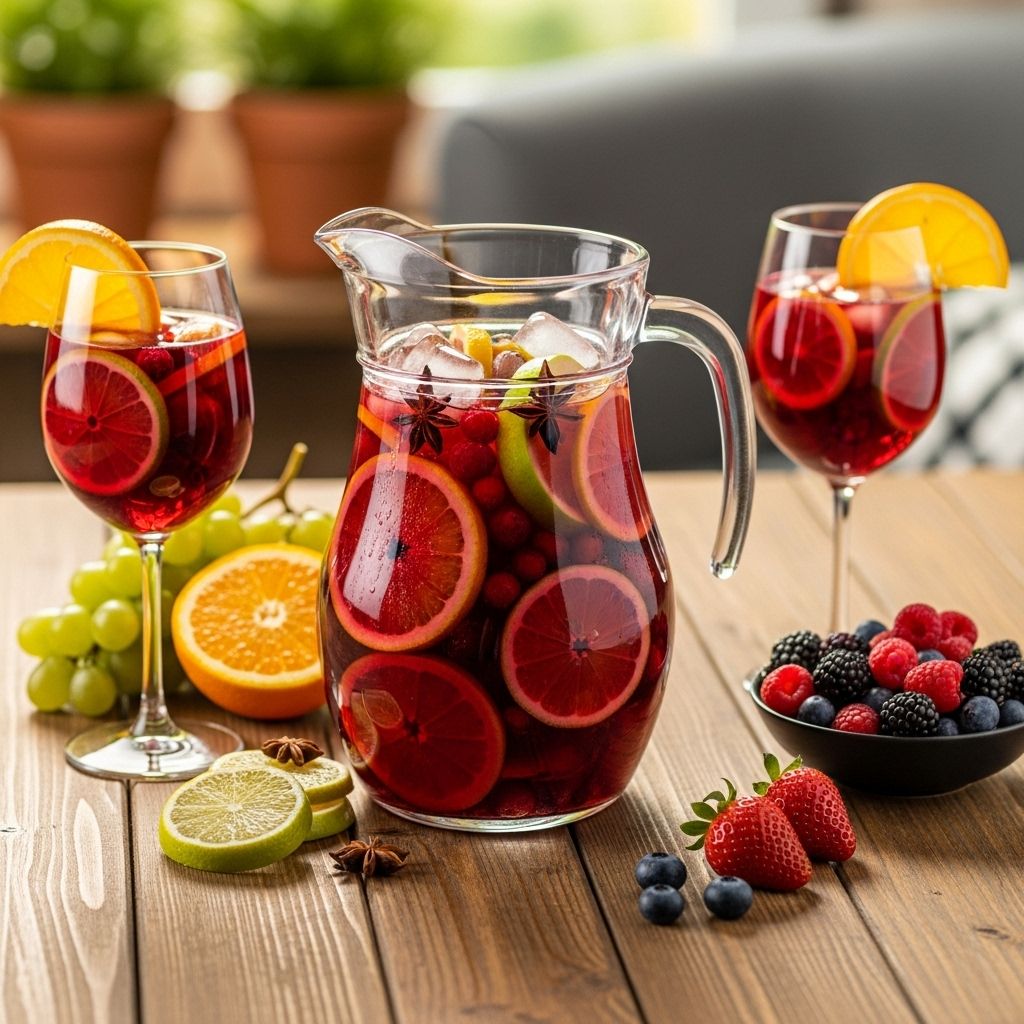
If you picture an outdoor summer gathering in Spain or a bustling tapas bar, chances are you’ll find a pitcher of vibrant red sangria gracing the table. This iconic drink, beloved for its bold color and fruity, wine-soaked flavors, has become a global favorite. But what makes great sangria truly exceptional? This comprehensive guide delves into the essentials of red sangria: from its history to expert tips, the best ingredients, and a masterful recipe. Whether you’re hosting a party or enjoying a laid-back evening, this article equips you with everything to create the ultimate pitcher of Spanish-inspired refreshment.
What Is Sangria?
Sangria is a traditional Spanish punch made from red wine, chopped fruit, a sweetener, and a hint of brandy or orange liqueur. The name stems from the Spanish and Portuguese word sangre, meaning “blood,” referencing the drink’s deep red hue. While there are many regional and personal variations throughout Spain and beyond, the essence of sangria remains the same: a festive, refreshing, and crowd-pleasing beverage.
- Main Base: Red wine (Spanish Tempranillo is classic, but many dry reds work well).
- Fruit: Orange is essential, with apples, lemons, limes, peaches, or berries often included.
- Spirit: A pour of brandy is classic; orange liqueur like Cointreau adds a fragrant twist.
- Sweetener: Sugar, simple syrup, honey, or agave—each brings a unique sweetness.
- Fizziness (Optional): A splash of soda water or lemon-lime soda adds sparkle.
History and Evolution of Sangria
Sangria’s story begins with ancient Rome, where diluted wine with fruit and herbs was a necessity for purifying drinking water. As wine culture traveled to the Iberian Peninsula, these fruit-infused concoctions evolved, influenced by local ingredients. The drink we now recognize as sangria began to take shape in 18th and 19th century Spain and Portugal, especially in the regions of Andalucía and Rioja.
While sangria is enjoyed throughout Spain, locals often reserve it for festive occasions, with many regions preferring tinto de verano—red wine and lemon soda—as an everyday refresher. The drink exploded in international popularity after its introduction at the 1964 World’s Fair in New York. Since then, countless variations have appeared worldwide, but the heart of sangria—wine, fruit, spirit, and sweetness—remains unchanged.
Key Ingredients for Perfect Red Sangria
Great sangria is all about balance: fruity yet robust, sweet but not cloying, and vibrant without overpowering the wine’s character. Here’s how to choose each element:
1. Wine
- Choose a dry, fruity, medium-bodied red wine. Spanish Tempranillo or Garnacha (Grenache) are classic and affordable.
- Avoid oaked wines—wood flavors can clash with fruit elements.
- Other good options: Pinot Noir, Merlot, or Zinfandel. Don’t use expensive bottles; sangria’s beauty is in the blend!
2. Fruit
- Oranges are non-negotiable for classic sangria.
- Apples add refreshing crunch, while lemons and limes provide zing.
- Expand with seasonal fruits: peaches, nectarines, pears, or fresh berries.
3. Sweetener
- White sugar is traditional, but honey or agave syrup offer complexity.
- Adjust the amount to taste; remember, additional juice or soda will contribute sweetness.
4. Spirits
- Spanish brandy is the standard for depth and warmth.
- Orange liqueur (such as Cointreau or triple sec) enhances citrus notes.
- Rum is a delicious wild card, especially with tropical fruits.
5. Fizz (Optional)
- Soda water keeps things light and lets the wine shine.
- Lemon-lime soda, club soda, or a dash of tonic can all be used for effervescence and balance.
Expert Tips for the Best Sangria
- Let it macerate: Chill sangria for at least two hours before serving—overnight is ideal. This melds flavors and infuses fruit with the wine.
- Adjust to taste: Sangria is endlessly customizable. Taste after mixing; add more fruit, sweetener, or spirit to suit the occasion and your crowd.
- Use fresh fruit: Opt for ripe, fragrant fruit—it infuses the wine and looks gorgeous in the glass.
- Don’t overdo the spirit: A little brandy or liqueur elevates a pitcher; too much can overwhelm the freshness.
- Fizz last minute: Only add carbonated mixers right before serving to keep the bubbles alive.
- Serve over ice: Sangria is meant to be cold and sippable; a handful of ice chills each glass without dilution.
Classic Red Sangria Recipe
This recipe produces a balanced, refreshing pitcher of sangria—deeply fruity with bright citrus and just enough sweetness. Makes about 6 servings.
| Ingredient | Amount | Notes |
|---|---|---|
| Dry red wine (Spanish Tempranillo or Grenache) | 750 ml (1 bottle) | Preferably unoaked |
| Orange | 1 (sliced) | With peel |
| Apple | 1 (cored, sliced) | Optional: use pear instead |
| Lemon | 1 (sliced) | |
| Brandy | 1/4 cup (60ml) | Can substitute orange liqueur |
| Orange juice | 1/4 cup (60ml) | Fresh squeezed |
| Sugar | 2–4 tablespoons | To taste |
| Soda water or lemon-lime soda | 1 cup (240ml), optional | For topping up before serving |
| Ice | As needed |
Instructions
- Macerate Fruit: In a large pitcher, combine sliced orange, apple, and lemon. Sprinkle with sugar, then gently muddle with a wooden spoon to draw out juices.
- Add Liquids: Pour in the wine, brandy (or orange liqueur), and freshly squeezed orange juice. Stir well until the sugar dissolves.
- Chill: Refrigerate for at least 2 hours (ideally overnight) to provide time for flavors to meld and the fruit to infuse the wine.
- Finish and Serve: Just before serving, add soda water or lemon-lime soda for fizz, if desired. Fill glasses with ice, pour in sangria, and include some fruit in each glass. Enjoy immediately!
Variations and Seasonal Twists
- White Sangria: Swap red wine for dry white (like Albariño or Sauvignon Blanc), using peaches, green apple, and berries.
- Tropical Sangria: Add pineapple chunks, mango, and a touch of coconut rum for a sunny, beachy feel.
- Holiday Sangria: Try red wine, pears, cranberries, cinnamon sticks, and splash of apple brandy.
- Sparkling Sangria: Use sparkling wine for a bubbly, celebratory punch—add fruit just before serving to keep the fizz alive.
Serving & Presentation Tips
- Use a clear glass pitcher to showcase the colorful fruit.
- Garnish glasses with a round of orange or a sprig of mint for extra flair.
- Pair with tapas—think olives, manchego cheese, or grilled seafood—for an authentic Spanish experience.
- Double or triple the recipe for parties; sangria is a social drink meant for sharing.
Storing & Make-Ahead Advice
Sangria is best within 24 hours of making, as flavors peak and fruit remains pleasantly crisp. Leftovers can be stored covered in the fridge for up to 2 days. Remove citrus slices if storing overnight to avoid bitterness. Always add sparkling mixers just before serving to ensure the freshest bubbles.
Frequently Asked Questions (FAQs)
Q: Can I use boxed wine or inexpensive bottles for sangria?
A: Absolutely! Sangria is designed to elevate everyday wine. Use a decent, drinkable table wine—don’t waste expensive bottles, but avoid anything harsh or bitter.
Q: Is it necessary to let sangria chill, or can I serve it right away?
A: Letting sangria rest for a couple of hours (ideally longer) allows the fruit and liquids to blend, resulting in a more complex and delicious drink.
Q: Which fruits should I avoid in sangria?
A: Most fruit works well, but avoid bananas (they’ll get mushy), and be cautious with melons, which can water down the drink. Always wash citrus well to avoid bitter notes from the rind.
Q: Can I make sangria without alcohol?
A: For a non-alcoholic version, swap wine for red grape juice, and use non-alcoholic spirits or extra citrus juice for complexity. It’s wonderfully refreshing for everyone to enjoy!
Q: How do I make sangria sweeter or less sweet?
A: Taste after mixing. Add extra sugar, honey, or sweet soda to amp up sweetness. For a less sweet batch, use drier wine and cut down on added sweetener.
Nutrition Information (Approximate per serving)
| Calories | 180 |
| Carbohydrates | 22g |
| Sugar | 15g |
| Alcohol | 13g |
Conclusion
Classic red sangria is more than a drink—it’s a celebration of Spain’s vibrant food culture, a symbol of sharing, and a testament to the joys of simple, good ingredients. By mastering a balanced blend of fruit, wine, sweetness, and spirit, you can craft a sangria that delights at any gathering. Use this guide as a foundation, and feel free to adapt with your own twists—after all, the beauty of sangria is its cheerful versatility. Salud!
References
Read full bio of Sneha Tete







